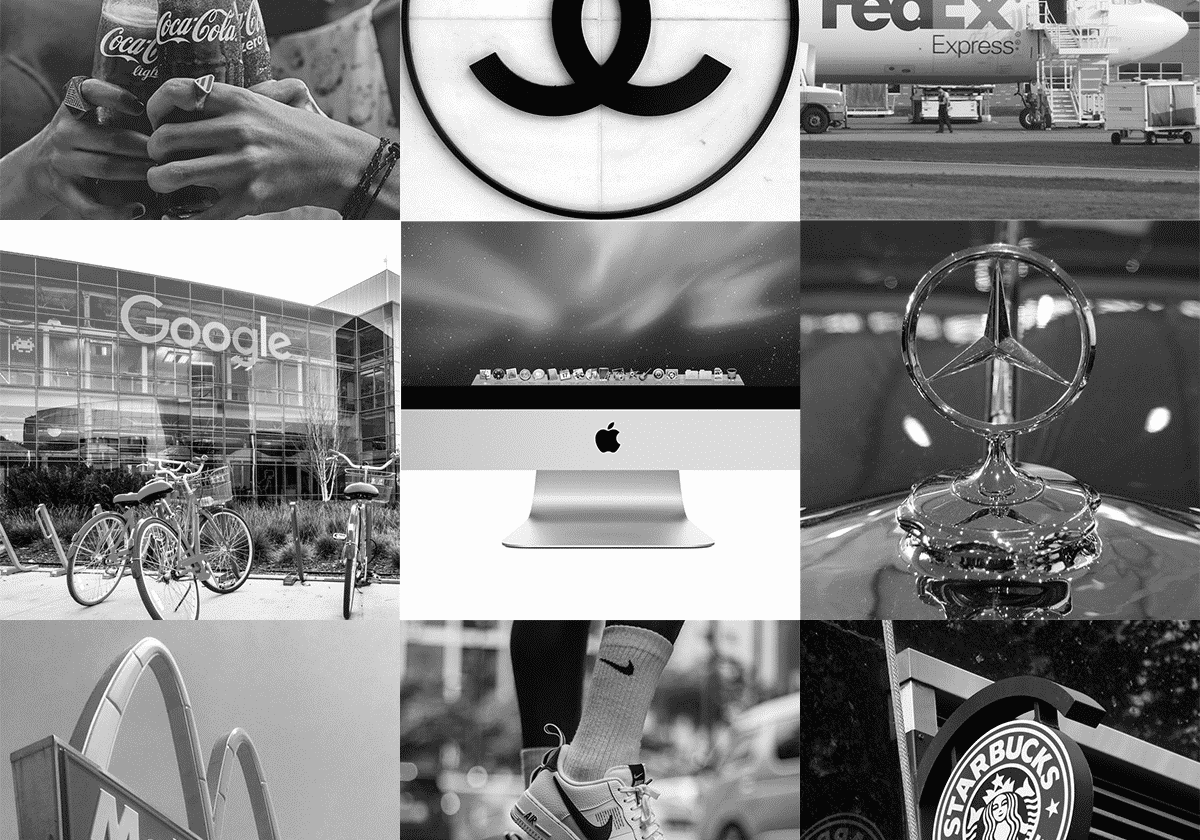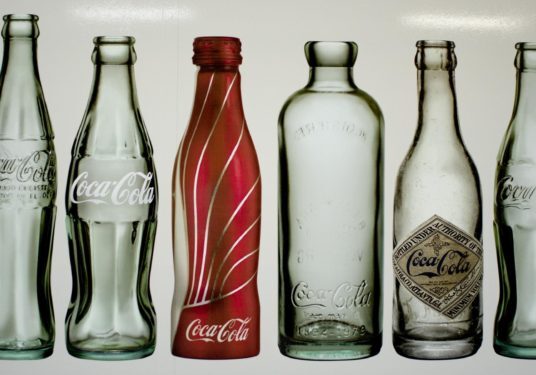In today’s highly competitive market, a strong brand presence is essential for any business to thrive. But building and maintaining a powerful brand is no easy feat. It requires careful attention to detail, strategic planning, and consistency. Unfortunately, many businesses falter by making critical branding and marketing mistakes that can hinder their long-term success. From ineffective logos to unclear value propositions, these missteps can lead to confusion, missed opportunities, and a lack of trust in the brand. In this article, we will explore the most common branding pitfalls and how to avoid them to ensure your brand remains impactful and resonates with your target audience.
- Not getting the logo right.
Designing a logo yourself (just for now) may seem like a good idea, at first. But, changing a logo mid-stream can be complicated. If you aren’t widely recognized, you could lose what brand equity you may have already established. If you are, you could confuse, alienate and ultimately lose your existing consumers. If your logo is designed without consideration of your desired overarching branding, it can be detrimental to your long-term success. - Missing out on the value proposition.
Not effectively communicating to audiences what makes your brand distinct will cause you to miss significant opportunities. Why does what you offer matter? If your language is vague, your brand may not be compelling. - Not adhering to brand guidelines.
Worse yet, not even having brand guidelines. If your brand doesn’t seem cohesive, people will move on towards brands that present themselves in a coherent fashion. Are your typefaces all over the place? What about your color palettes? Are you misusing your logo? Do you claim and present inconsistent messages that are likely to confuse your audiences? - Jumping on trends.
It’s inappropriate for your brand to follow every trend. Trends come and go, like how waves ebb and flow, and not all of them will be relevant to your brand. Design style updates can be made, hashtag trends can be participated in, but they require careful consideration. You don’t always have to present yourself as classic and timeless. But, be proactive, rather than reactive, with your brand strategy. - Forgetting what makes your brand unique.
Sometimes things change. That’s ok. Don’t throw out the baby with the bathwater. Your branding has to remain true to your identity, and appropriately connected to your desired audiences. While your audiences may change, and messaging may have to evolve, your authenticity should never be compromised. - Ignoring a crisis instead of owning up.
Crisis management is a huge part of how a brand is perceived by the public. When something is messed up, or isn’t received well, admit the mistake and consciously move forward. Can you imagine if Pepsi had dug in their heels in defense of the Kylie Jenner commercial and continued to relentlessly air the ad? Regardless of intent, public perception matters. Taking responsibility breeds trust.
As you navigate the complex world of branding, it’s crucial to be aware of these potential pitfalls and proactively address them. By avoiding these common mistakes, you can create a consistent, authentic, and compelling brand identity that will resonate with your target audience and set you apart from your competition. Remember that maintaining a strong brand requires constant vigilance and adaptation, ensuring that you stay true to your brand’s core values while responding effectively to changing market conditions and consumer expectations. Embrace the challenge and watch your brand flourish as you build lasting connections with your audience and establish a reputation for excellence.

What is Branding? And, Why is it Important for Your Business?
Introduction to Branding and Its Importance Branding is the process of creating and maintaining a unique identity and image for a company or product. It involves the development of a company’s name, logo, design, and messaging to convey a specific set of values and attributes. A strong brand can help build customer loyalty, differentiate a…

Advertising, Marketing, or Branding Agency?
Choosing an agency to help with your advertising, marketing, or branding needs can seem overwhelming. The agency you choose will play an important role in determining how your potential clients view your company. Which one do you need? If you imagine agencies in healthcare terms – marketing agencies are generalists (the basic needs), advertising agencies…

10 of the Most Recognized Logos in the World
We’ve compiled a list of the world’s most recognized logos. Yes, many of these logos have gone through some tweaks throughout the years, but for fun, we listed the year the first version of their current logo appeared. Some of these companies have even been around longer than their currently recognizable logo! It just goes…

How Decades of Solid Branding Saved Coca-Cola from the Pepsi Challenge
The Pepsi Challenge was a marketing campaign started in 1975. It was simply a blind taste test between Pepsi and Coca-Cola, touting that even Coca-Cola fans choose Pepsi. It was a wildly successful marketing strategy that they revisited for decades. Coca-Cola even ran their own private tastes test, through which they found Pepsi was indeed…

How to Create a Brand
Building a strong brand is essential for any business looking to stand out in today’s highly competitive market. A successful branding strategy can help you connect with your target audience, build trust, and differentiate your business from your competitors. Here are some tips on how to build a strong brand for your business: Determine your…

What is Typography?
Essentially, typography is the visual component of the written word. It is the technique, and art, of arranging letters in a way that makes the text legible, clear, and visually appealing to the reader. Typography involves the structure, size, weight, and style of the characters. It also considers the amount of space between the letters,…

The Foundations of Branding
The foundations of your brand is your logo, your messaging, website, imagery and promotional materials. Keeping a consistent brand is critically necessary when it comes to building brand equity. Brand equity adds value to your company based on the core values you promote, and comes in the form of perceived quality. Brand consistency is key…

A Brief Bio of Paul Rand
Even if you aren’t familiar with the name Paul Rand, you are definitely familiar with his work. Paul Rand was an American graphic designer and art director, who essentially defined the visual culture in America in the decades following World War II – and revolutionized how we think about corporate logos today. He was born…

